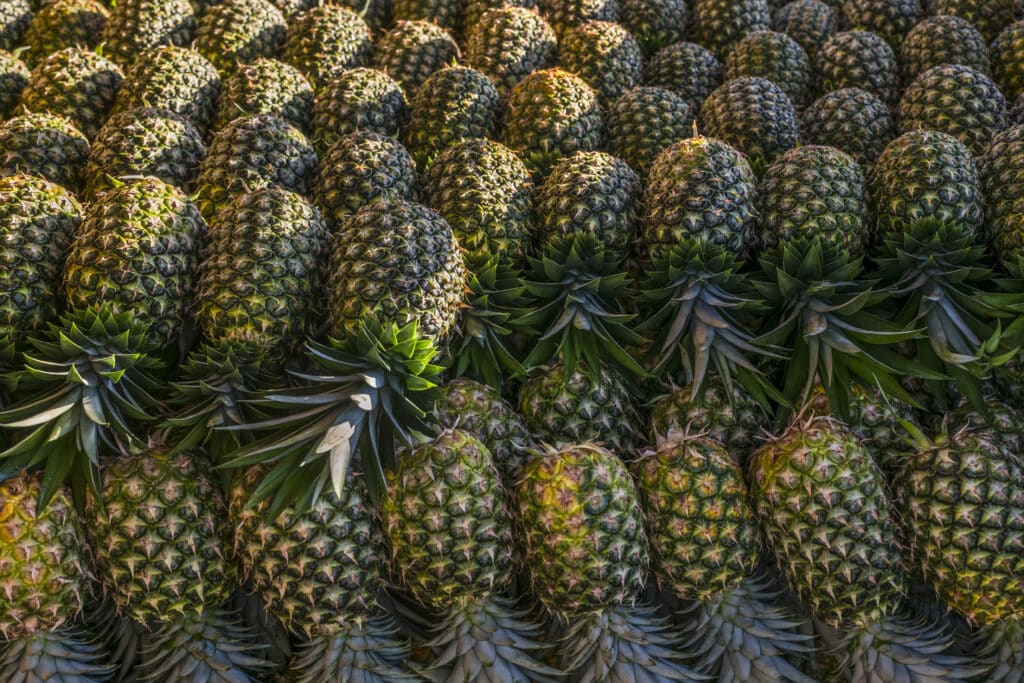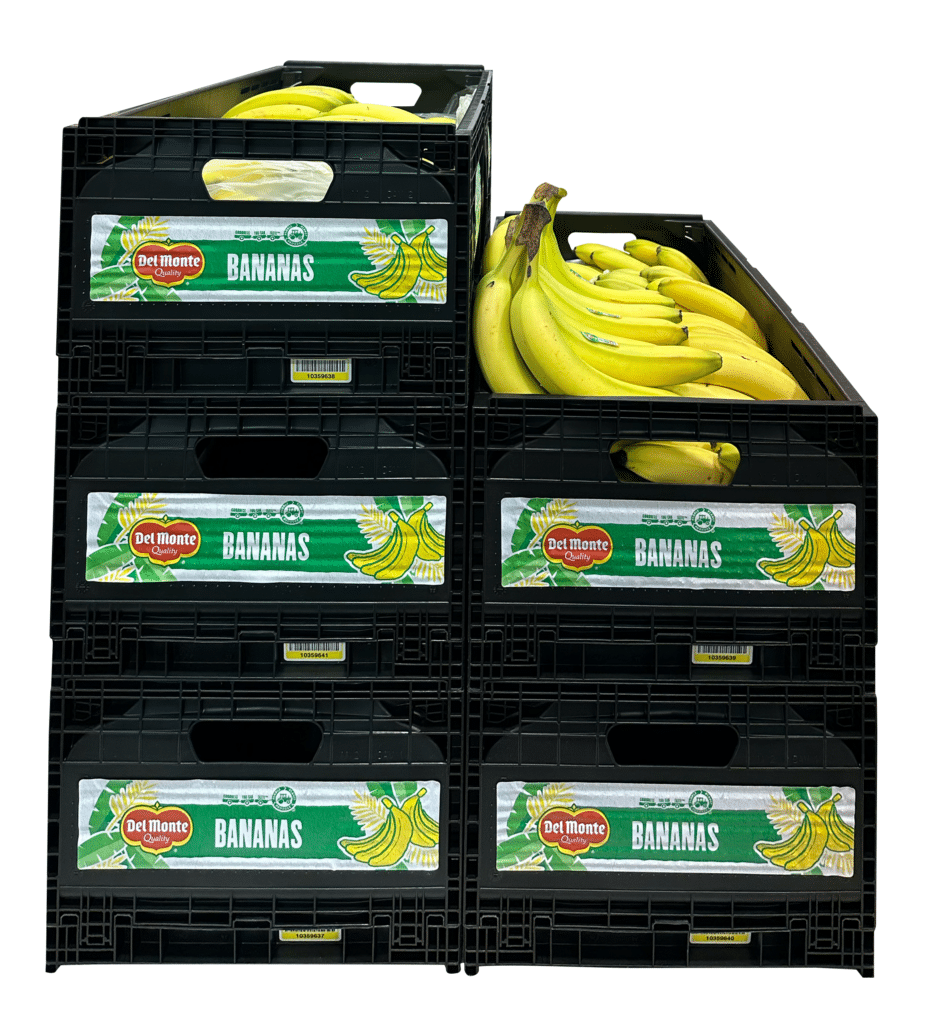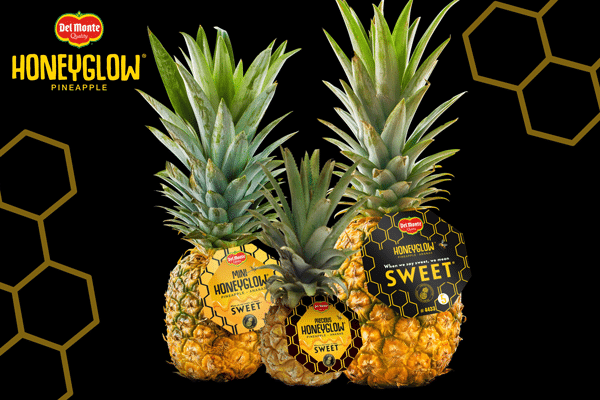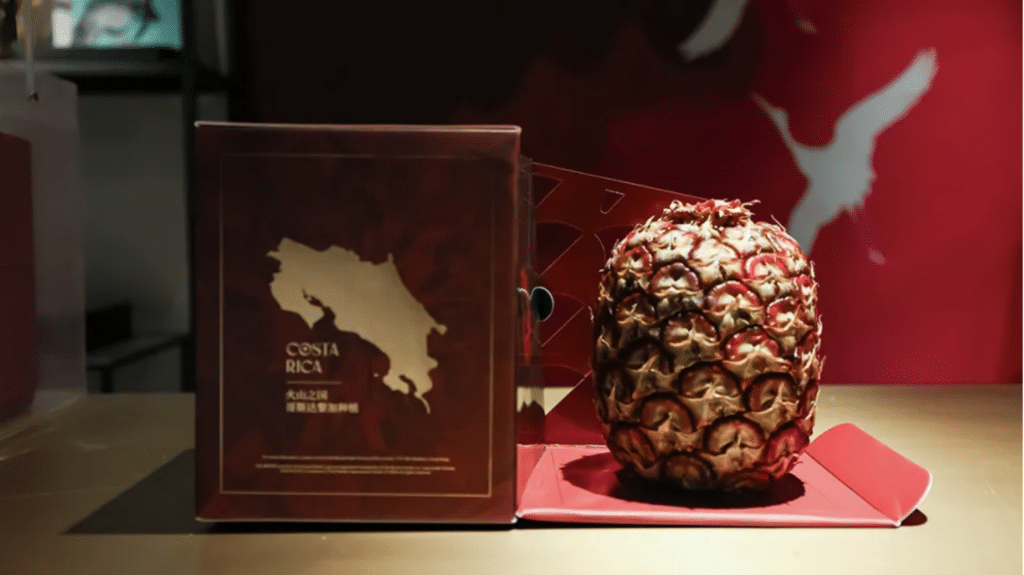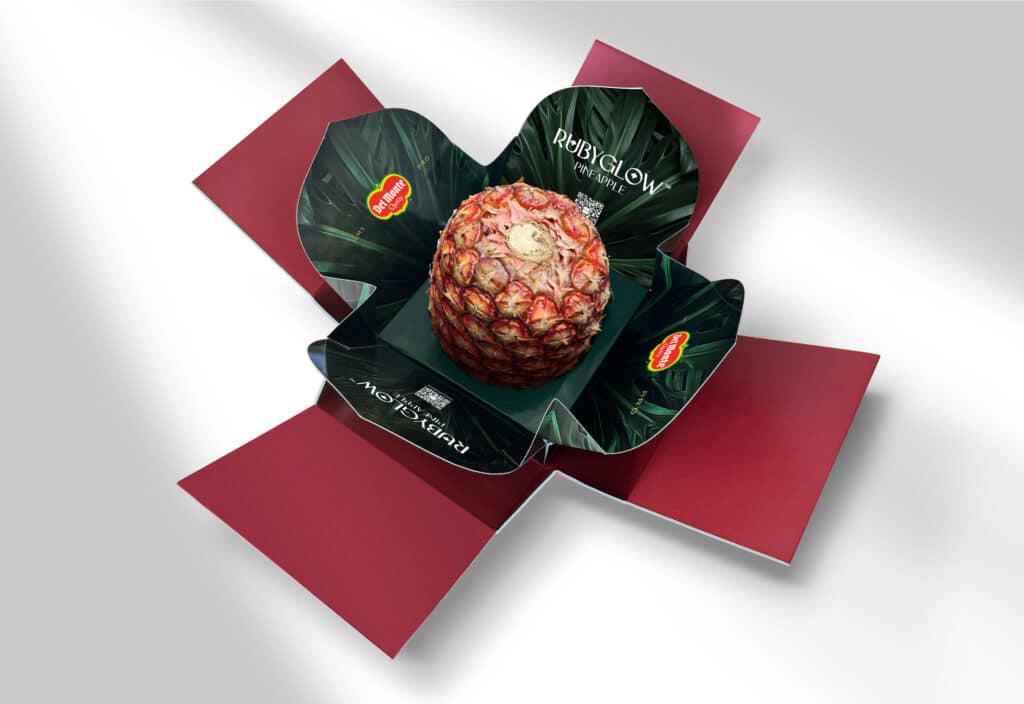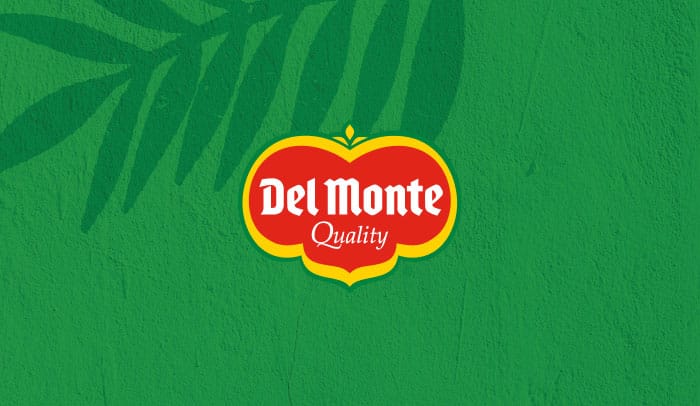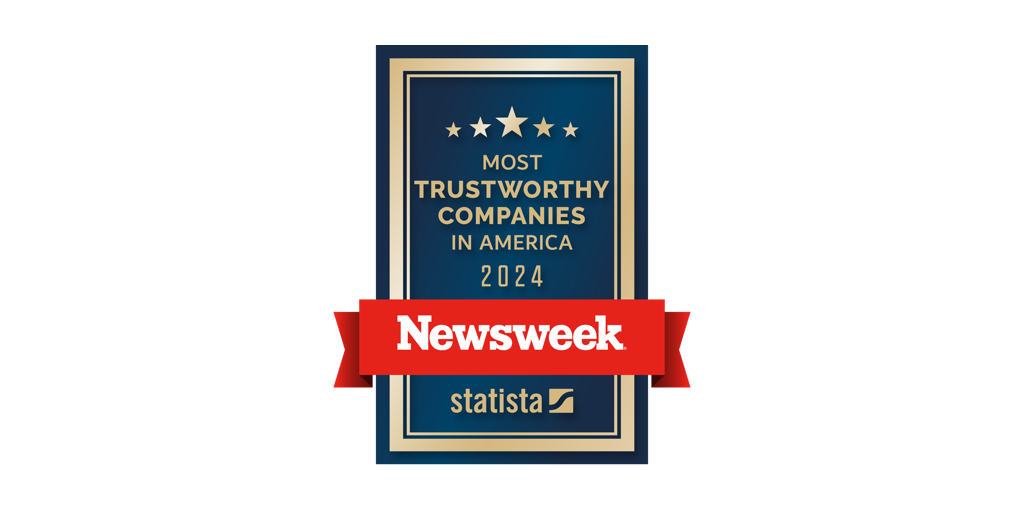As seen in T, The New York Times Style Magazine.
It turns out that the Garden of Eden might have been missing a few things. Today, the fruit aisle is stocked with all kinds of new temptations, and they seem to be getting sweeter. Let’s start with the grapes, namely Cotton Candy grapes (green), Gum Drop grapes (purple) and Gummyberries (red). Imagine my disappointment when, in June, I tried some grape jam-flavored Jellyberries from the company Divine Flavor and found they tasted like regular old grapes — sweet, but not Smucker’s sweet.
These candylike fruits are the product of plant breeding, a practice that’s over 200 years old. In 1766, the strawberry-obsessed French botanist Antoine Nicolas Duchesne published a book about the berry’s different varieties and their potential for crossbreeding. By the 19th century, farmers were crossbreeding plants constantly, whether in search of better flavor, higher yield and hardiness, bigger berries, more sweetness or resistance to disease. And in the late 19th and early 20th centuries, the American botanist Luther Burbank developed over 800 improved and hybrid plants. Plumcot, anyone?
But it was the Cotton Candy grape that, in 2013, arguably kicked off the specialty fruit boom as we know it. The trademarked and licensed varietal was developed by the company International Fruit Genetics and is sold exclusively in the United States by the grape grower Grapery. The fruit breeder Dr. David Cain got the idea for the grape after tasting a new breed of Concord grape that was reminiscent of cotton candy but too mushy to be sold. That breed needed to be crossed with other breeds in order to create a cotton candy-flavored grape that would be seedless and juicy, with snappy skin. (It’s also crucial that Cotton Candy grapes be picked at the height of ripeness and refrigerated within six hours for the best texture and flavor.) Since then, the Grapery has grown the Cotton Candy grape crop eightfold, despite it taking two to three years alone for a grapevine to bear fruit, and grape lovers are keeping pace. According to the market research firm 210 Analytics, from May 2021 to May 2022, Cotton Candy grapes sold over $129 million in the States, up from $102 million during the same period the previous year. Additionally, Jim Beagle, Grapery’s C.E.O., says customers are willing to pay twice as much for Cotton Candy grapes than they are for other ones.
Strawberries, one of the highest-selling fruits in the United States, have also gotten an update. Sunset Grown offers three varieties, including the Wow Berries lolliberry, which has the mouthwatering sweetness of a pink Starburst. Oishii’s perfectly ripe Omakase strawberries are fragrant, flavorful and so soft they need to be cradled in foam packaging to survive grocery store shelves — from which, at the Whole Foods in Manhattan’s Chelsea neighborhood, they regularly disappear before noon. (After Oishii acquired over 100 times more growing space in May, it was able to decrease the price of a tray from a whopping $50 to $20.) Driscoll’s sells a trio of designer strawberries: Rosé Berries; pale Tropical Bliss, with notes of pineapple and passion fruit; and my favorite, Sweetest Batch, which the brand describes as tasting like fruit punch. Then there’s the new Honeyglow pineapple from Del Monte, which is picked at peak ripeness for a pronounced, rounder flavor than those plucked beforehand and left to ripen in the store or on a kitchen counter. The brand also offers Pinkglow pineapples, which are the color of deli ham and sold in pink boxes for about $15 a pop. I snagged one over Fourth of July weekend and it was juicy and gently sweet, completely devoid of the fruit’s usual tongue-itching acidity.
Often, in addition to being gustatory, the changes are notably aesthetic. Last summer, the wholesaler Baldor Specialty Foods began selling Picasso melons, an especially sweet honeydew “with snow leopard spots on the rind and a beautiful green flesh,” says the company’s director of merchandising and category development, Matt Rendine, as well as Sunshine Watermelons, which have a golden yellow rind and magenta flesh. Also see the Hidden Rose Apple, the flesh of which is splotched with pink and tastes like strawberry lemonade.
Are these fruits, intended above all to be more ideal versions of themselves, actually sweeter? And should we, as poor Eve was made to, feel guilty for eating them? Almost every producer I spoke to mentioned how much sweeter their new fruits were; at Driscoll’s, they know the Tropical Bliss strawberries are 10 percent sweeter than the traditional red variety. Oishii measures the Brix (sugar) level of every berry before it’s packaged to keep the quality consistent. And when I’ve brought a bag of chilled Cotton Candy grapes to the beach, (probably Keto) friends of mine have scoffed at how they must be “packed with sugar,” before pouring a glass of rosé that probably had even more. Because while natural sugar is still sugar, the amount in these fruits has nothing on actual candy. And hey, they’re still packed with health-affirming antioxidants, vitamin C and fiber, too.
What about the rather common fear of food grown in a less than rustic setting — might there be something sinister lurking in these specialty fruits? Early crossbreeding was done by hand, and still is at Driscoll’s — though the brand has a lab where breeders might test 60 different strawberries before lunch. Driscoll’s global director of strawberry breeding, Phil Stewart, oversees a team that grows over 100,000 varieties a year, and that is always combining traits of one berry with those of another. Its members pick an “elite parent” plant (one that’s supersweet, say) to cross-pollinate with another (one that’s got firm flesh), and then examine the hundreds of offspring until they’ve created their dream berry. They’ve even experimented with a breed that had notes of Gorgonzola “that was really kind of horrifying,” says Stewart. For the most part, though, the fruits in this story are less newfangled than they might sound. The Tropical Bliss berry, for instance, is the descendant of one of the oldest varieties of strawberries and was over 25 years in the making.
Genetic engineering usually takes place when a trait of a plant can’t be created by crossbreeding. (Though half of the public believes G.M.O.s are harmful to one’s health, there’s a lack of scientific evidence to back that up.) Of the fruits mentioned here, however, only the Del Monte Pinkglow pineapple was made with genetic modification — a gene was toned down to produce less of an enzyme that turns the pineapple from pink to yellow — while the marketing teams of the rest go out of their way to remind us that they were created via old-fashioned methods.
At the same time, these fruits might also help expand the future of indoor farming. It’s more expensive to grow indoors, but it makes year-round produce possible and creates local food systems, uses less water, avoids the pitfalls of climate change and extreme weather and makes pesticide-free farming the norm. Vertical farms also tend to have better working conditions (horizontal farms require repetitive bending, and then there’s the sweltering sun), though they require less labor overall because so much is automated. Oishii, which has received over $50 million in funding and has aims to become the largest strawberry producer on the planet, even has proprietary technology that allows bees to thrive indoors. “They live in harmony with our farmers and our A.I.-powered robots,” said Oishii’s C.E.O., Hiroki Koga.
Most consumers, though, have to be buying and eating these fruits primarily because they like them. Fran Dillard, Driscoll’s vice president of brand and product marketing, who wore a necklace with a strawberry charm on our video call, thinks their success is reflective of post-peak-Covid optimism. At the start of the pandemic, grocery stores, with their empty flour shelves and obvious dependence on underpaid essential workers, became microcosms of our entire society. Now, at least in some places, they’re overstocked paradises of new treats almost cartoonish and surreal. For a trippy fruit salad, pair pink pineapple with yellow strawberries — and be on the lookout for Sunset Grown’s moonberries, extra-long blackberries with less of that woody inner stem that are expected later this year. Indeed, maybe, at a time when so much seems out of our control and in need of improvement, knowing that we can at least have a perfect strawberry is a small source of comfort, and maybe that knowledge makes it taste sweeter still. “It’s very gratifying as a plant breeder to produce something that people like that much,” says Stewart, “The world needs alfalfa, but nobody’s excited when you show up at a party with a box of alfalfa, you know?”

